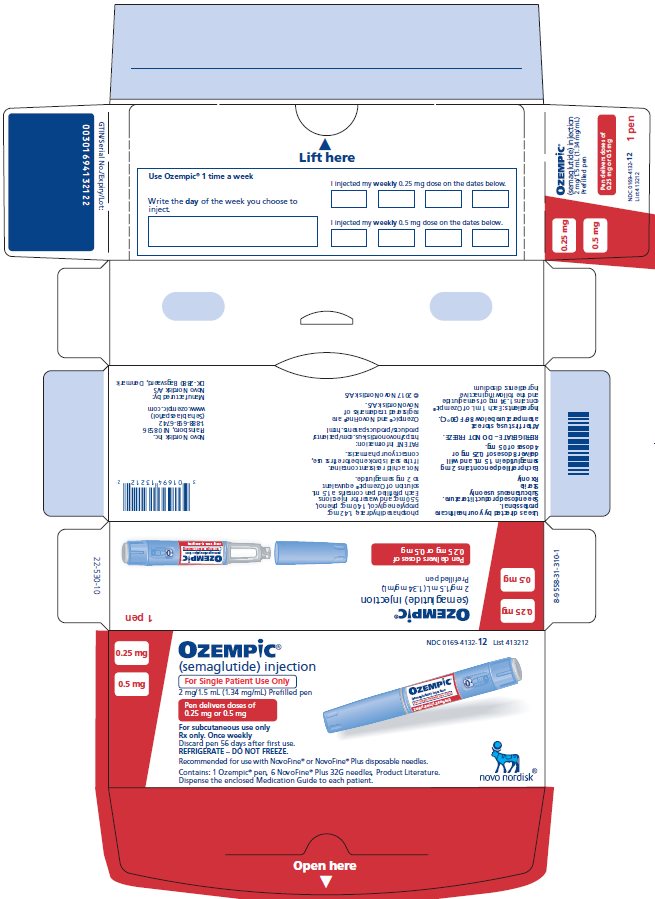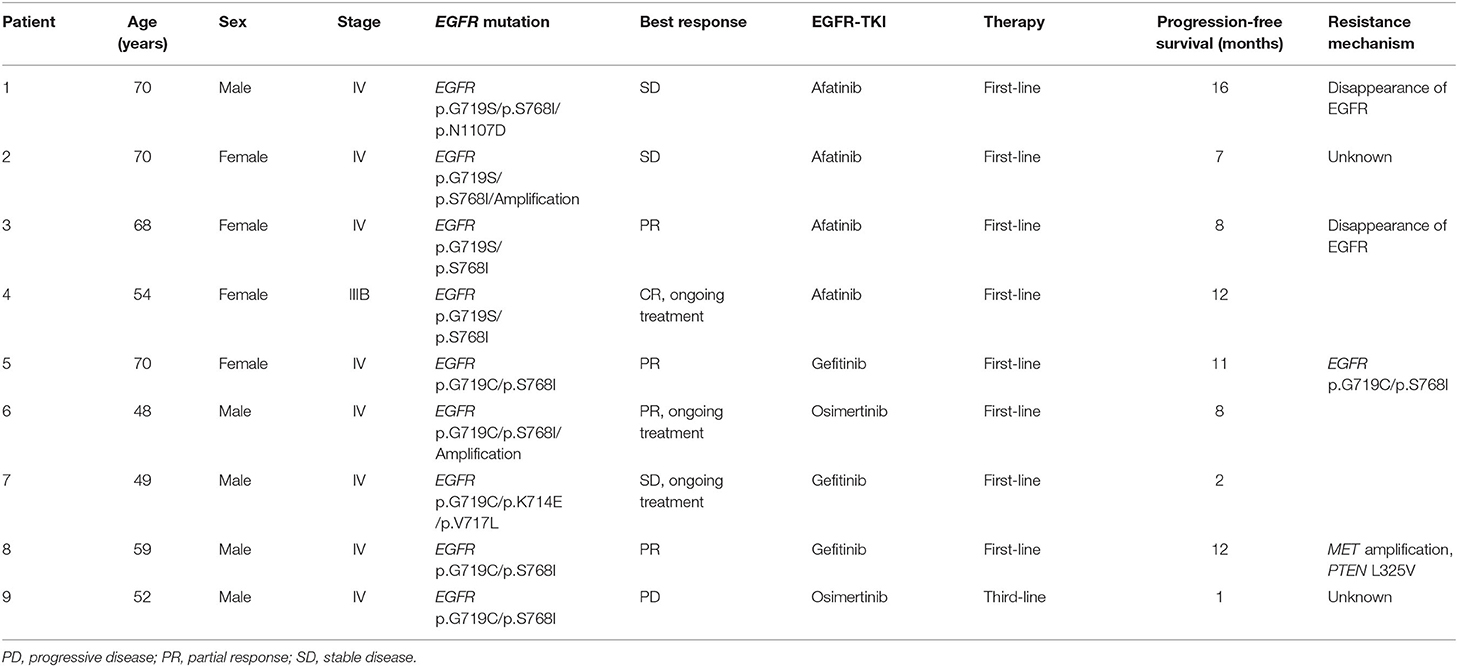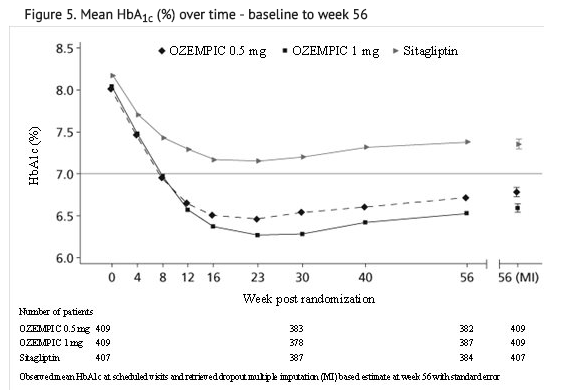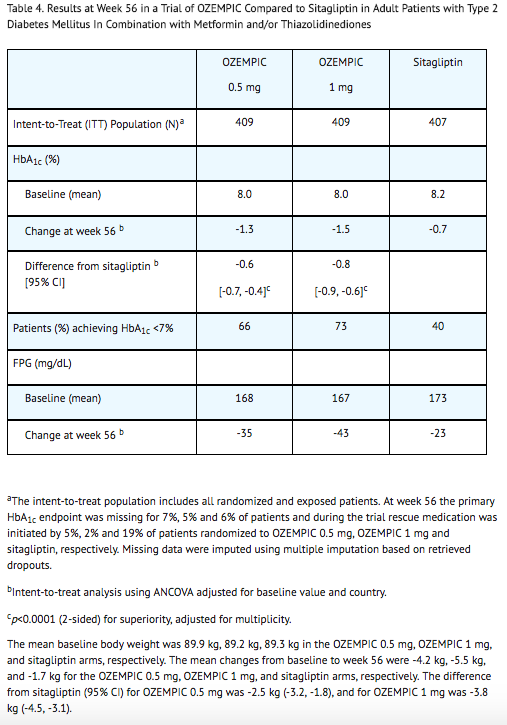As advancements in medical science continue to revolutionize diabetes treatment, semaglutide has emerged as a breakthrough medication for managing type 2 diabetes. With its unique mechanism of action in lowering blood sugar levels, semaglutide holds immense potential in improving diabetes management.
However, the evaluation of kidney function through estimated glomerular filtration rate (eGFR) becomes crucial when considering the use of semaglutide. In this article, we delve into the significance of eGFR in monitoring kidney health in diabetic patients and discuss the optimal eGFR cut-off for prescribing semaglutide.
Additionally, we explore the risks and benefits associated with using semaglutide beyond the recommended eGFR threshold. Finally, we analyze investment opportunities in pharmaceutical companies involved in semaglutide production and its impact on the future outlook for diabetes treatment.
The Discovery and Development of Semaglutide in Diabetes Treatment
Semaglutide has emerged as a groundbreaking medication for the effective treatment of type 2 diabetes. This injectable medication belongs to the class of glucagon-like peptide-1 receptor agonists (GLP-1 RAs) and has revolutionized diabetes management by offering a novel approach to controlling blood sugar levels.
Through its mechanism of action, semaglutide mimics incretin hormones that play a crucial role in regulating insulin secretion and suppressing glucagon release.
By increasing insulin production from pancreatic beta cells and reducing glucagon secretion from alpha cells, semaglutide helps maintain balance in blood sugar levels, leading to improved glycemic control.
The development of semaglutide has been guided by extensive clinical trials that have showcased its remarkable efficacy. These trials have consistently demonstrated semaglutide’s ability to significantly reduce HbA1c levels and body weight in patients with type 2 diabetes.
Such positive outcomes highlight the potential impact of this medication on improving diabetes management.
Moreover, semaglutide has shown promising results in cardiovascular outcome trials, further adding to its value in treating type 2 diabetes. These trials have revealed the potential of semaglutide to mitigate the risk of cardiovascular events within this patient population.
Overall, the discovery and development of semaglutide have marked a significant milestone in diabetes treatment. Its unique mechanism of action and proven effectiveness make it an invaluable addition to existing therapeutic options.
Semaglutide not only offers improved glycemic control but also holds the potential to positively impact cardiovascular health among individuals with type 2 diabetes. As further research continues, it is expected that semaglutide will continue to play a pivotal role in transforming the lives of those struggling with this chronic condition.
The Importance of eGFR in Evaluating Kidney Function in Diabetes Treatment
Estimated glomerular filtration rate (eGFR) is a crucial measure for assessing kidney function in diabetes treatment. Diabetic individuals are at a higher risk of kidney complications, making regular monitoring of eGFR essential.
By evaluating eGFR, healthcare providers can detect early signs of impaired kidney function and intervene promptly to prevent further deterioration. Additionally, considering a patient’s eGFR is vital when prescribing medications like semaglutide, as impaired kidney function can affect drug clearance and increase the risk of adverse effects.
Prioritizing the assessment of eGFR ensures safe and effective use of medications while minimizing potential risks.
Determining the Optimal eGFR Cut-off for Prescribing Semaglutide
Clinical trials play a pivotal role in determining the most suitable estimated glomerular filtration rate (eGFR) cut-off for prescribing semaglutide, a medication used to treat type 2 diabetes. These trials involve rigorous testing and monitoring to identify potential risks and benefits associated with varying degrees of kidney function.
Factors such as the pharmacokinetic properties of semaglutide, potential interactions with other drugs, and the risk-benefit ratio in patients with compromised kidney function must be considered when setting an appropriate eGFR cut-off for using this medication.
Understanding how semaglutide is metabolized by the body and assessing its potential interactions with other medications can help healthcare professionals determine safe dosage levels based on a patient’s eGFR.
To ensure standardized, evidence-based care for patients with type 2 diabetes, healthcare organizations and professional societies have developed guidelines that outline specific eGFR thresholds for prescribing medications like semaglutide.
Following these guidelines helps healthcare providers make informed decisions about using semaglutide in patients with different levels of kidney function.
By evaluating clinical trial data, considering relevant factors, and adhering to established guidelines, healthcare professionals can determine the optimal eGFR cut-off for prescribing semaglutide. This ensures that patients receive safe and effective treatment while minimizing the risk of adverse effects related to kidney function.
| Factors to Consider |
|---|
| Pharmacokinetic properties of semaglutide |
| Potential drug interactions |
| Risk-benefit ratio in patients with compromised kidney function |
Weighing the Risks and Benefits of Semaglutide Beyond Recommended eGFR Cut-off
Using semaglutide beyond the recommended estimated glomerular filtration rate (eGFR) cut-off poses potential risks to kidney function. Higher doses or prolonged use may further compromise already impaired kidneys.
Healthcare providers must carefully balance the benefits of improved glycemic control with the potential harm to kidney health when considering extending semaglutide treatment. An individualized approach, taking into account patient characteristics and risk factors, is essential for optimizing treatment outcomes while minimizing risks.
Caution and informed decision-making are crucial in prescribing semaglutide beyond the recommended eGFR cut-off.
Investment Opportunities in Pharmaceutical Companies Involved in Semaglutide Production
Pharmaceutical companies producing semaglutide offer lucrative investment opportunities due to its success and growing demand. Analyzing financial prospects, including revenue growth, pipeline development, and market share, guides investors in making informed decisions.
Factors like research capabilities, intellectual property protection, and potential partnerships impact future prospects. These companies provide attractive opportunities for long-term growth within the pharmaceutical industry.
The Future Outlook for Semaglutide: Transforming Diabetes Treatment and Investment Potential
Semaglutide is revolutionizing diabetes treatment with its ability to significantly improve glycemic control and potentially provide cardiovascular benefits. This breakthrough medication offers hope for millions of individuals living with type 2 diabetes.
One of the key advantages of semaglutide is its superior efficacy in regulating blood sugar levels compared to traditional therapies. By stimulating insulin secretion and suppressing glucagon release, it provides better glycemic control, reducing the risk of complications associated with uncontrolled diabetes.
In addition, clinical studies have shown that semaglutide may reduce the occurrence of major adverse cardiovascular events in patients with type 2 diabetes. This dual action on glucose control and cardiovascular health makes semaglutide a game-changer in diabetes treatment.
However, using semaglutide beyond the recommended eGFR cut-off requires careful consideration due to potential risks to kidney health. Monitoring eGFR levels is crucial in diabetic patients considering this therapy to ensure safe and effective treatment.
Moreover, pharmaceutical companies involved in semaglutide production present promising investment opportunities. Analyzing financial prospects, market trends, and growth potential can guide investors in making informed decisions within this lucrative sector.
[lyte id=’bqpWw2ivWuc’]




